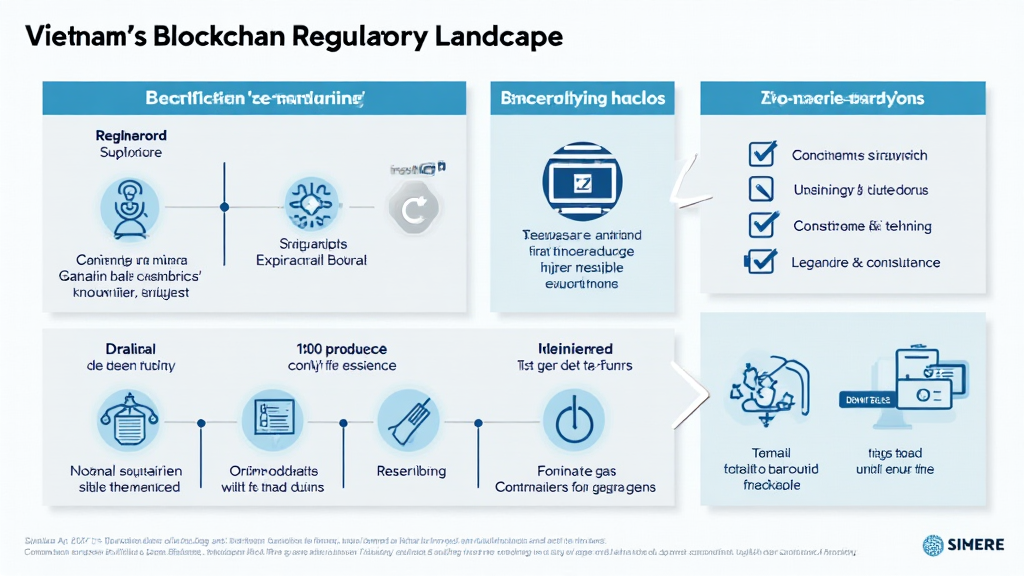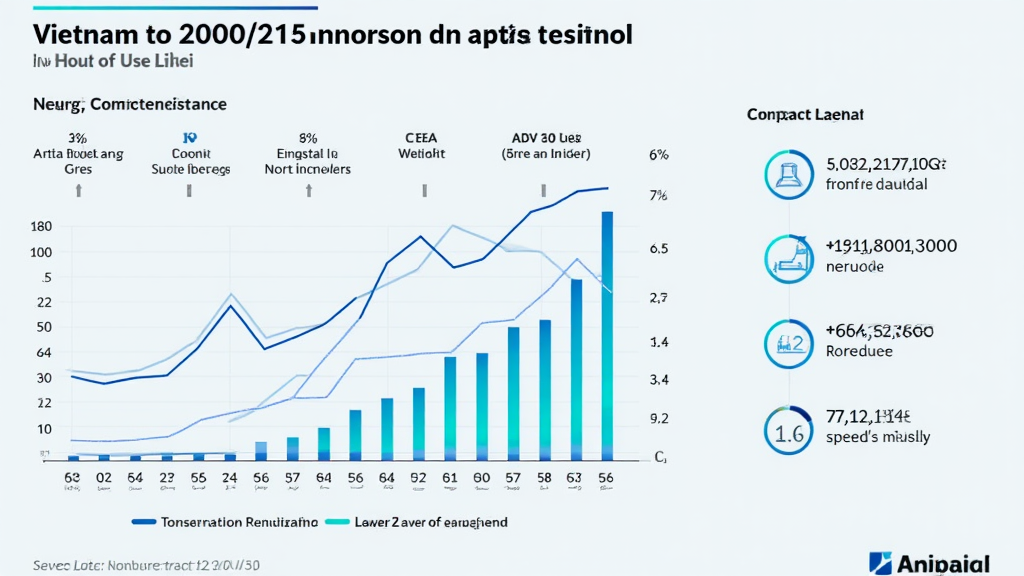Bitcoin Mining Farm Energy Costs: An Insightful Approach
With the rise of Bitcoin and other cryptocurrencies, mining has become an increasingly popular, yet expensive venture. As of 2023, average energy costs for Bitcoin mining farms worldwide have surged, impacting profitability significantly. In this article, we delve into the crucial aspects of Bitcoin mining farm energy costs, exploring how they influence operational decisions, profitability, and the future of mining in different markets, particularly focusing on Vietnam’s escalating growth in crypto adoption.
Introduction to Bitcoin Mining
Bitcoin mining involves the validation of transactions on the blockchain, rewarding miners with Bitcoin for their computational efforts. This extensive process requires significant computational power, translating into high energy consumption. According to data from the Cambridge Centre for Alternative Finance, Bitcoin mining consumes approximately 130 TWh of electricity annually, comparable to that of countries like the Netherlands.
While the rewards might seem lucrative, the associated energy costs have raised questions about sustainability and long-term viability. For investors and miners alike, understanding these factors is paramount.

Understanding Energy Costs in Mining Farms
Energy costs vary significantly based on geographic location, energy regulations, currency dynamics, and advancements in mining technology. Here’s a deeper look at these factors:
- Geographic Location: Regions with abundant renewable energy sources (like hydroelectric power) tend to have lower energy costs. For example, many mining operations are located in places like Iceland or parts of Canada due to inexpensive and sustainable energy.
- Energy Regulations: Government policies can drastically affect energy prices. For instance, in Vietnam, where the government is pushing for cleaner energy resources, miners could benefit from favorable regulations that promote the installation of solar farms.
- Currency Exchange Rates: For miners operating in different currencies, fluctuations can affect profitability significantly. As the dominance of Bitcoin remains strong, the local currency’s value against the U.S. Dollar can impact mining margins.
- Technological Advancement: Modern mining hardware has drastically improved energy efficiency. The latest ASIC miners can deliver over 100 TH/s while consuming around 3250 W, thus reducing the potential energy costs considerably.
Cost Analysis of Bitcoin Mining Operations
The following table provides an analysis of the average energy costs (per kWh) in major mining regions:
| Region | Energy Cost (USD per kWh) | Typical Mining Rig Efficiency (TH/s) |
|---|---|---|
| Iceland | 0.03 | 110 |
| China (Sichuan) | 0.04 | 90 |
| United States (Texas) | 0.05 | 85 |
| Vietnam | 0.07 | 80 |
As seen, Vietnam’s electricity costs are slightly higher. However, the government’s shift towards integrating blockchain technology and attracting miners can create incentives that offset these costs.
Impact of Energy Costs on Mining Profits
Energy costs largely dictate whether a mining operation can remain profitable. With Bitcoin fluctuating between $20,000 to $30,000, below are some consideration points:
- Break-even Analysis: Understanding the break-even point, where mining revenue equals expenses, is vital for miners. This often requires meticulous tracking of both energy and equipment costs.
- Profit Margins: A rise in energy costs can squeeze profit margins. Miners must continuously evaluate their operations and may need to switch off equipment during peak energy price hours.
- Investment in Energy Efficient Hardware: Investing in the latest mining rigs can lead to significant energy savings over time, improving the overall profit margin despite higher upfront costs.
Future of Bitcoin Mining in Vietnam
As of today, Vietnam is witnessing a cryptocurrency user growth rate of approximately 35% year-on-year, reiterating the potential for Bitcoin mining to expand. Government initiatives to integrate blockchain technology and provide clearer regulatory frameworks will be crucial in shaping the mining landscape.
Moreover, with initiatives to diversify energy sources, miners in Vietnam can benefit from lower energy costs, making the region increasingly attractive for foreign investment. Innovations in renewable energy could further enhance this model.
Conclusion
In summary, Bitcoin mining farm energy costs significantly influence the overall landscape of cryptocurrency mining. As energy expenses fluctuate with various factors such as geography, governance, and technology, miners must adapt strategically. Considering Vietnam’s rapid growth and evolving regulations, there lies a significant opportunity for miners if they can manage energy consumption effectively while staying informed on market dynamics.
With Bitcoin’s future still uncertain, its viability as a profitable venture largely hinges on energy strategy. Proper planning and investment will determine who thrives in the upcoming years.
For more insights on cryptocurrency developments, especially in the Southeast Asian markets, visit cryptocoinnewstoday.
Written by Dr. Nguyen Minh, a renowned blockchain technology expert who has authored over 15 publications in the field and led audits on multiple high-profile blockchain projects.





